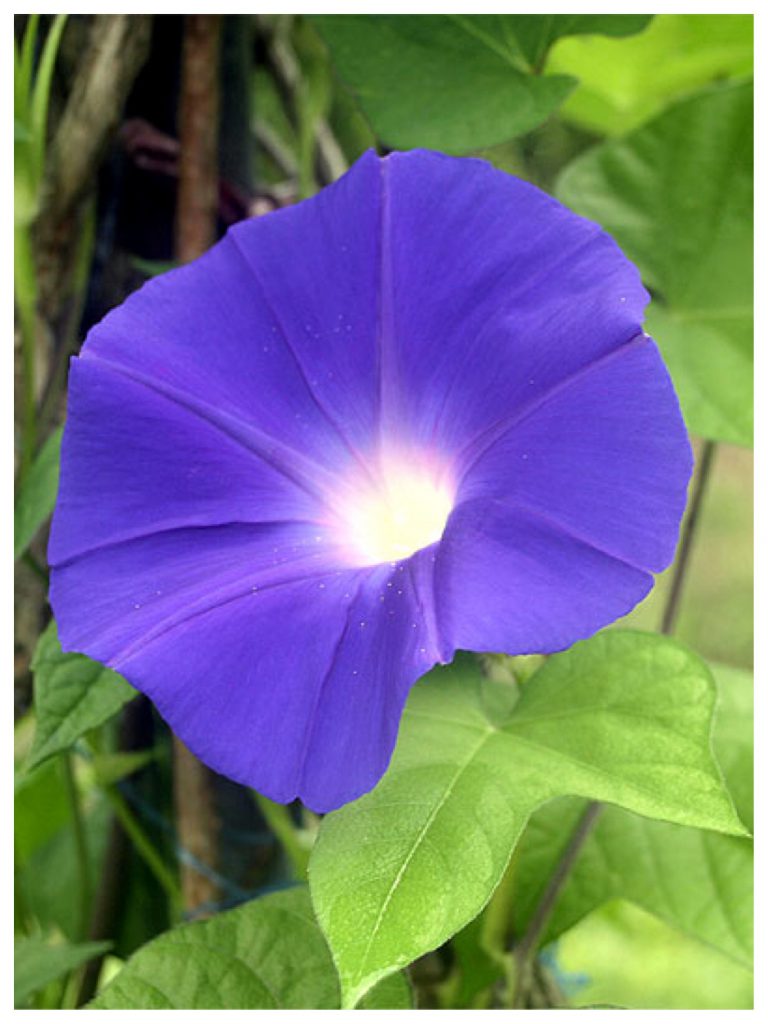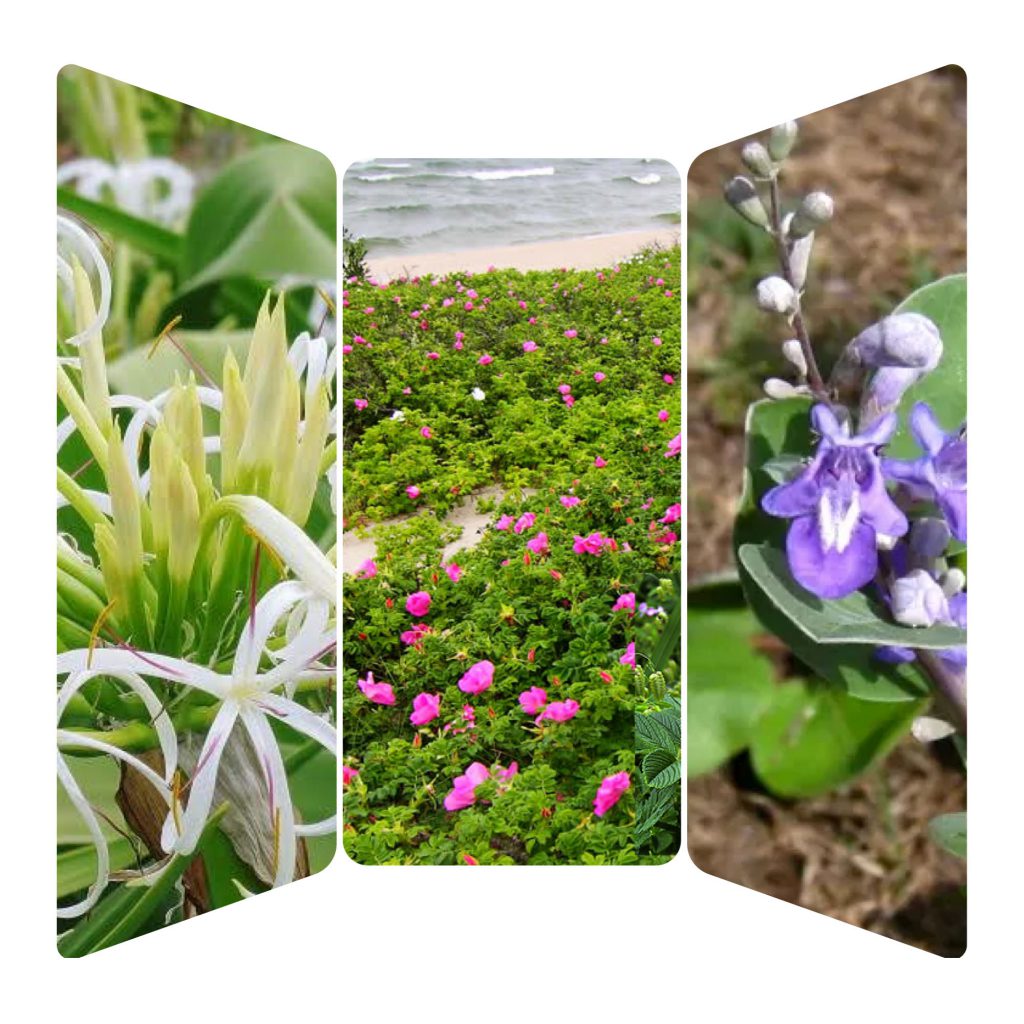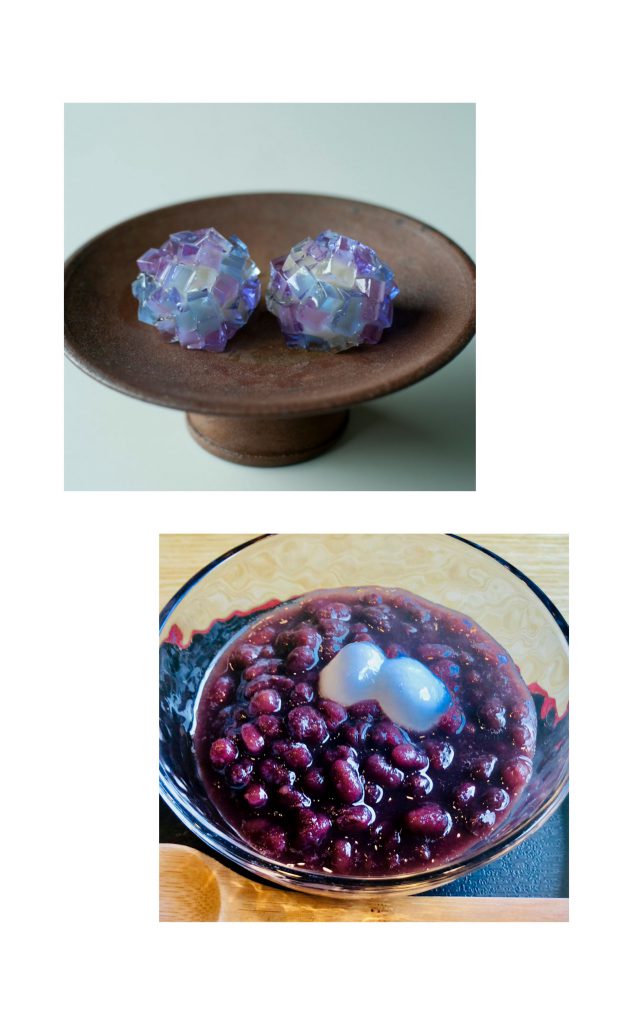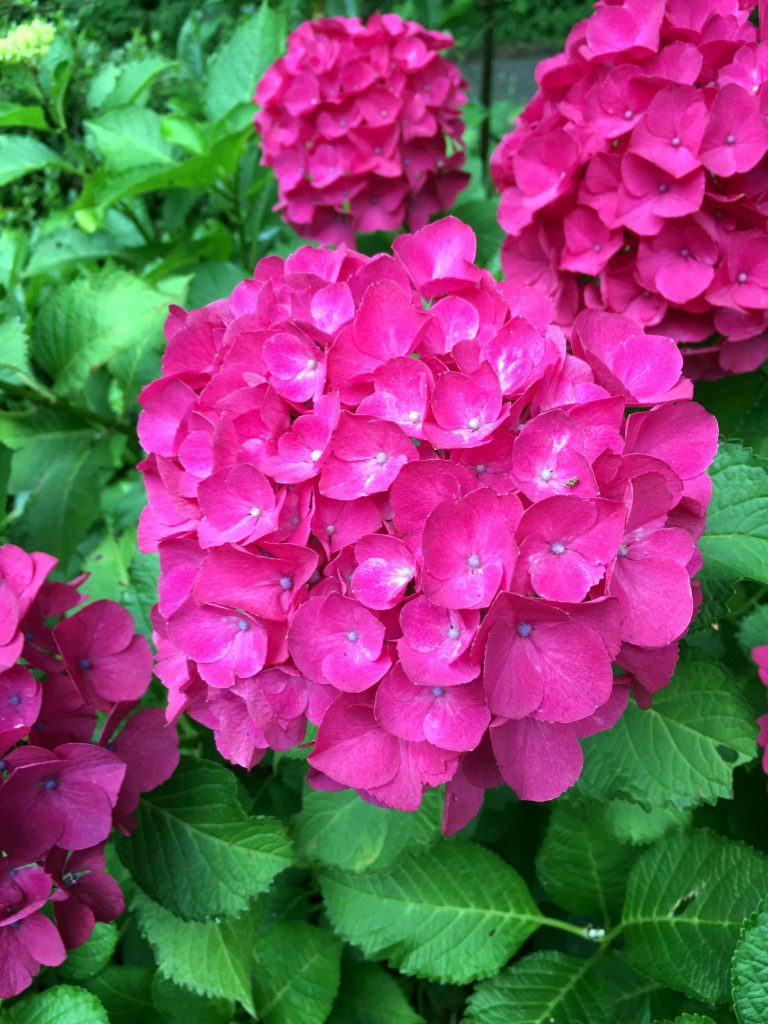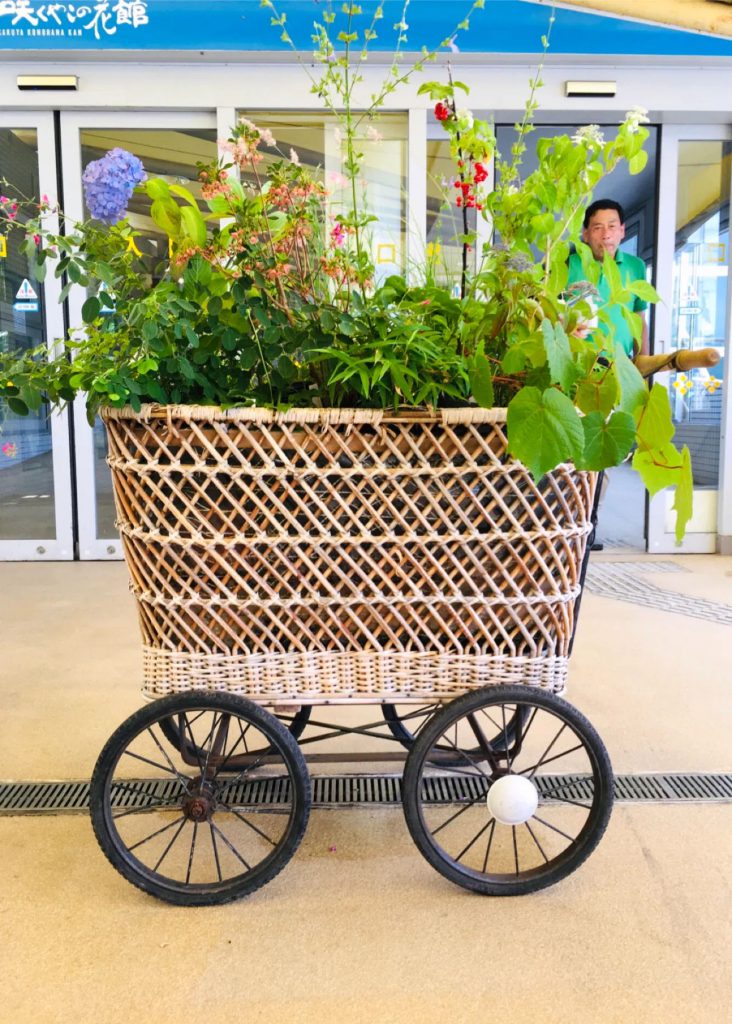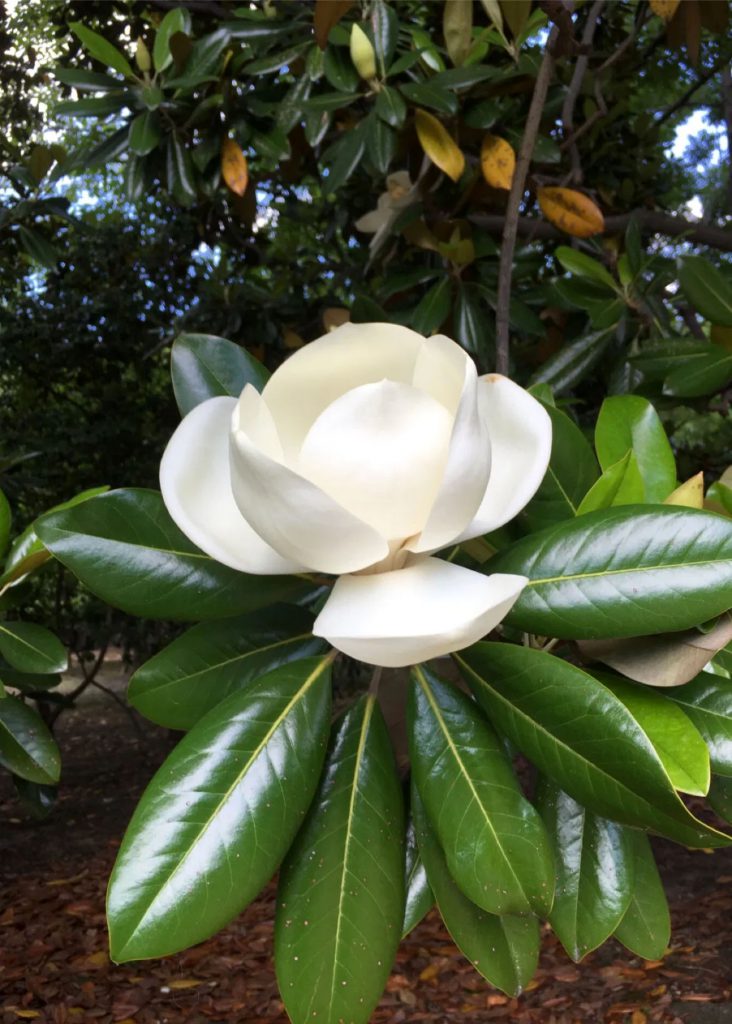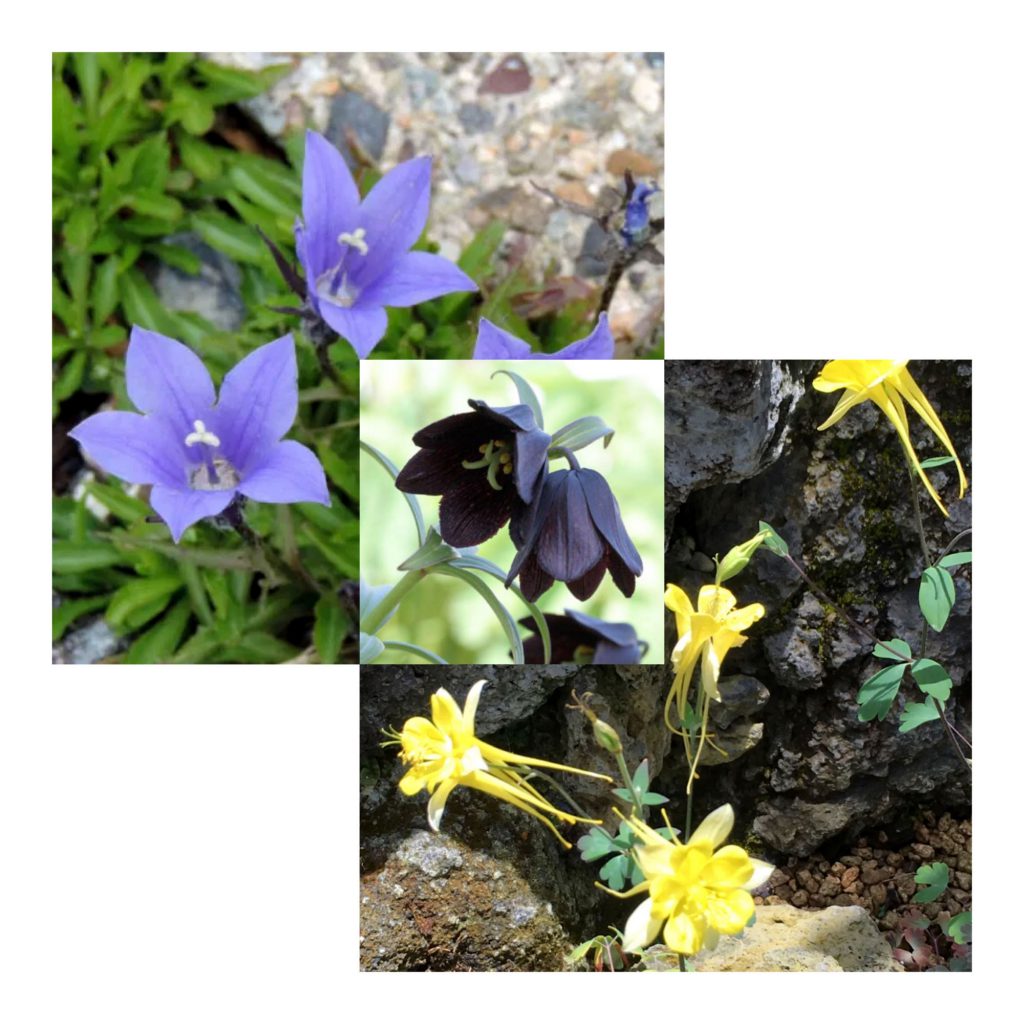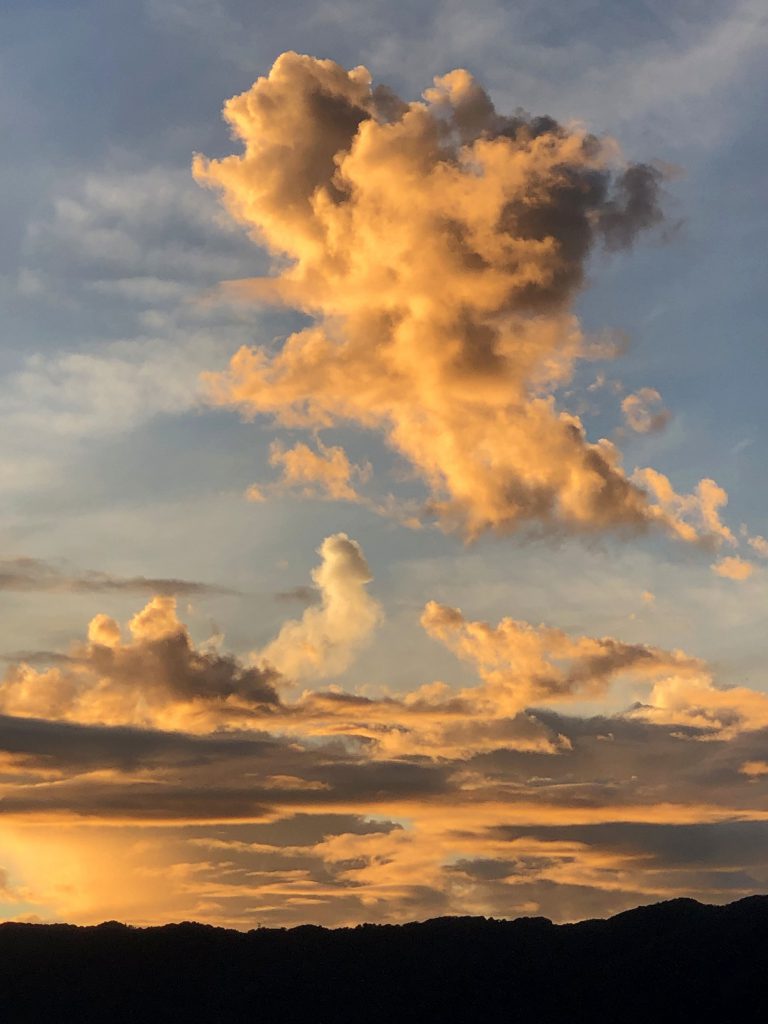
Yesterday, 17th, the Osaka District Meteorological Observatory announced at 11:00 am that “the Kinki region seems to have finished the rainy season.” The end of the rainy season in the Kinki region is 15 days earlier than last year and 2 days earlier than normal. According to the Japan Meteorological Agency, this year’s rainy season in the Kinki and Tokai regions lasted 62 days, the longest since 1951, when records remain. It is a record break again. Record breaking of meteorological data has become normal in recent years, and I am no longer surprised by the record breaking. Extreme weather events occur everywhere in the world, and their effects are manifested in various ways. In addition to them, we are in the midst of a century pandemic with the coronavirus. Looking at the slowness and poverty of humankind to deal with these, optimism is not always allowed in the future. At the same time as the joy of the rainy season, the morning of the end of the rainy season was greeted with a mixed mood, mixed with the melancholy that the length was record-breaking again.
昨日17日大阪管区気象台は、午前11時に「近畿地方が梅雨明けしたとみられる」と発表しました。近畿地方の梅雨明けは、去年より15日早く、平年より2日早いそうです。気象庁によると、近畿及び東海地方の今年の梅雨は62日間にわたり、記録が残る1951年以降で最も長いとか。またまた記録破りです。ここ数年気象データの記録破りは常態化し、記録破りにも驚かなくなりました。世界を見ても至る所で異常気象が発生し、その影響が様々なかたちで現れています。かてて加えてコロナウイルスによる世紀のパンデミック。これらに対処する人類の対応の遅さや稚拙さを見ていると、将来は必ずしも楽観は許されません。梅雨晴れの嬉しさとそれがまた記録破りだという杞憂が混ざり合う複雑な気分で梅雨明けの朝を迎えました。

